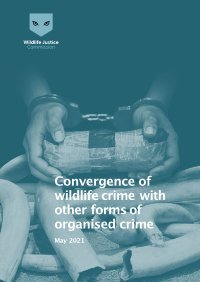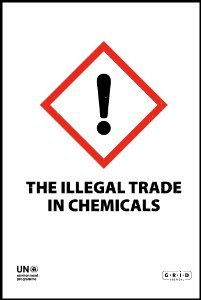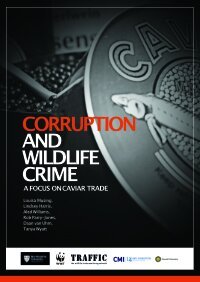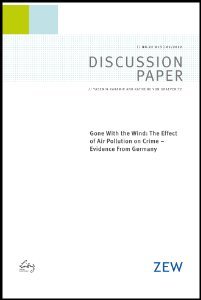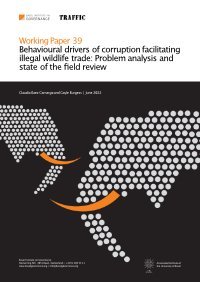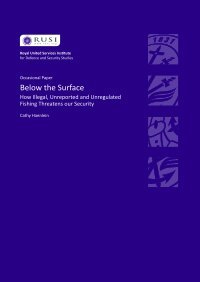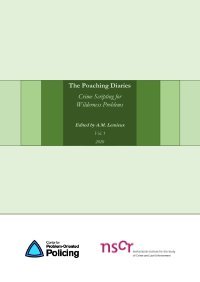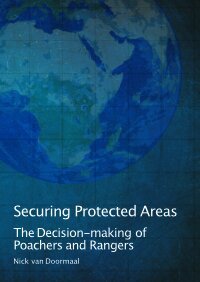By Jenny Feltham.
Through its own investigations and intelligence analysis, the Wildlife Justice Commission has also collected evidence of criminal networks that are dealing in wildlife alongside other illicit commodities. This report aims to present some of these examples, along with information collected from open sources, to contribute to the knowledge base on this issue. It sets out 12 case studies that illustrate a range of converging crime types and typologies that have transpired in different regions of the world to increase the understanding of how these intersections can occur on the ground. The case studies include six cases involving the trafficking of terrestrial wild animals, three cases involving fisheries crimes, and three cases involving timber crimes (although they are collectively referred to as wildlife crime throughout the report). The cases demonstrate that criminal groups may have a range of motivations to diversify their activities and engage in wildlife or other types of crime Convergence can occur opportunistically on an adhoc basis, as a complete “career shift” in response to changing conditions, or as part of a diversification strategy to increase profits across a range of illicit commodities. It can also occur transactionally when criminal groups in different markets exchange goods or services with each other or could be embedded to such an extent that the crimes are inextricably linked.
The Hague: Wildlife Justice Commission, 2021. 53p.


